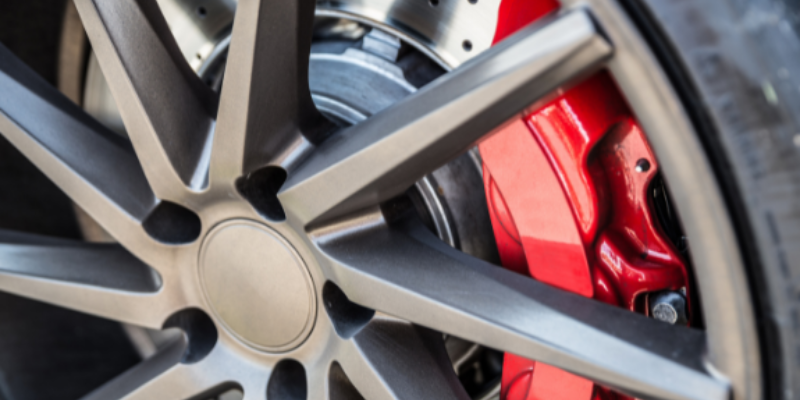
Modern tyres are durable and quite reliable but there are still several things that can go wrong with them - blowouts and tread separating being the most common faults. Driving over a very bumpy or jagged road, or driving over a nail or some glass can give your tyre a puncture and in some cases cause it to burst or ‘blow out’.
If this happens you might be driving along quite happily when you suddenly start to realise that something is wrong with your car – maybe it starts to pull to the left or right, or you might just feel a significant change in the way it feels on the road surface. The first thing you need to do is check is that all your tyres are still in one piece.
What to do if You Have a Tyre Problem?
The first thing you need to remember is to stay calm. Although it can be scary, dealing with a damaged tyre is easy if you know what to do and use your common sense. Bear in mind that if you find yourself getting a blow-out whilst driving along in the fast lane of the motorway, you not only have to get yourself to a position of safety, but you have to do so while making sure that you don't put any of your passengers or other road users in danger.
Experts suggest that should you get a blowout or a tread separation while the vehicle is in motion, you should:
- Keep your eyes firmly on the road and both hands on the steering wheel
- Try to keep the steering wheel in a steady position, making only slight movements.
- Turn on your hazard lights to identify that you are having a problem. If you are on the motorway in any lane other than the inside then don't do this straight away as it may cause impatient people to undercut you and increase the chances of an accident.
- Try and identify where you can bring the vehicle to a stop, outside the main traffic flow - if on a motorway this will be the hard shoulder, or you may need to just pull up in a lay-by or at the side of the road, avoiding any bends.
- Don't apply the brake but do take your foot off the accelerator and try to coast - slowing down gently (this is because if you have a faulty tyre, braking heavily can make your car swerve uncontrollably and cause a collision).
- As your car slows down drive into the identified 'safe' spot taking care not to rush and keeping a close eye on traffic around you. If you have your hazards on then hopefully other road users will realise you have a problem and will allow you to leave the flow of traffic.
- Park up and get yourself and your passengers out of the car, taking care that you do not put yourself or them in danger from passing cars. Move a safe distance away from the car.

Changing the Tyre
First of all, make sure it’s safe for you to change the tyre. If you’re on the motorway, call someone out. Hundreds of people are needlessly injured and killed by trying to carry out minor repairs on their cars while parked on the hard shoulder – it’s just not worth the risk. If you can’t get out of the road (maybe because there’s no hard shoulder or lay-by) then put your hazards on and move a safe distance away from the car while you wait for assistance.
- Find the spare wheel, wheel wrench and car jack. Often housed in a special compartment under the floor of the boot (sometimes the tools are inside the wheel) - lift the carpet and you should see them.
- After making sure the handbrake is on, put the car into first gear (manual) or park (automatic). Figure out where your jacking point is (instructions should be in your owner's manual) and use the jack to lift the car up just above the ground.
- When removing the wheel nuts you might find it easier to take them off in opposing pairs.
- Once they are all out you can take the wheel off –you might need to give it a knock but make sure you don't move the jack.
- Fit the spare wheel onto the hub, making sure the holes are lined up and put the nuts back in the same way you took them off.
- Once you've got the wheel back on, lower the jack and tighten off the wheel nuts. Once you have changed the tyre, go to a garage ASAP and get the damaged tyre fixed or replaced.
Disclaimer: The information in the article is for general purpose information only and should not be constituted as legal advice. This article has been produced by a third party and Jardine Motors does not take any responsibility for the completeness, accuracy, or reliability with respect to the website or the information provided. Article last updated March 2016.



